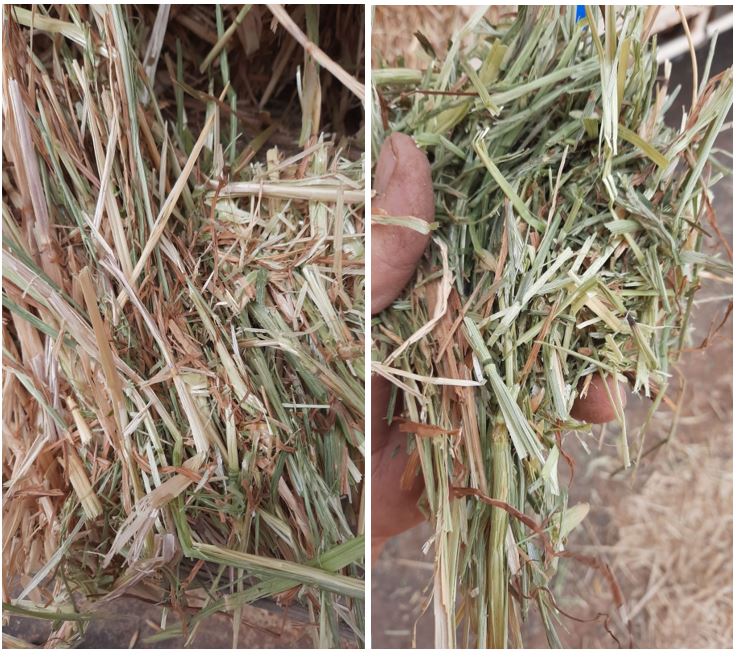Seasonal Update
In the Goulburn Murray Valley summer is starting, and the weather is moving accordingly. Hot days and a few storms have hit the area. Yields have been high than usual this season, though there has been some weather damage to cereal hay.
South West Victoria also had some heat and stormy weather. Generally, quality has been higher in the latest hay produced in the Mallee and Wimmera.
Gippsland was rain-free this week, allowing the south of the region to dry out quickly, with pasture going to head.
South West WA has seen 45mm of rain has so far in November.
South-eastern SA has seen variable quality and levels of weather damage to produce. Pasture hay is being baled that has been largely kept dry. The season’s end is within sight.
Figure 1: Last Week’s Rainfall
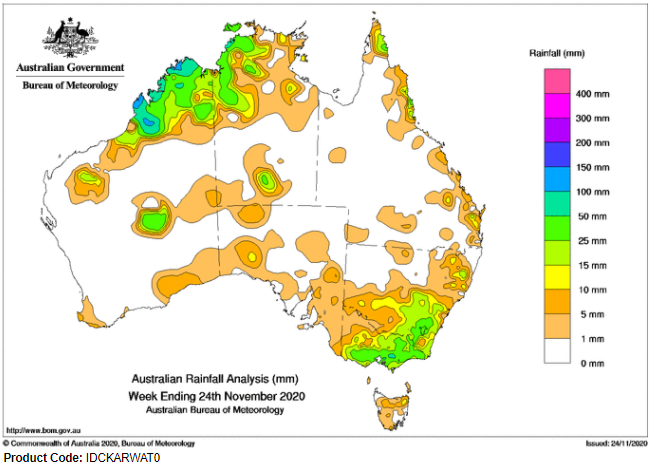
Figure 2: BoM 8-Day Rainfall Forecast
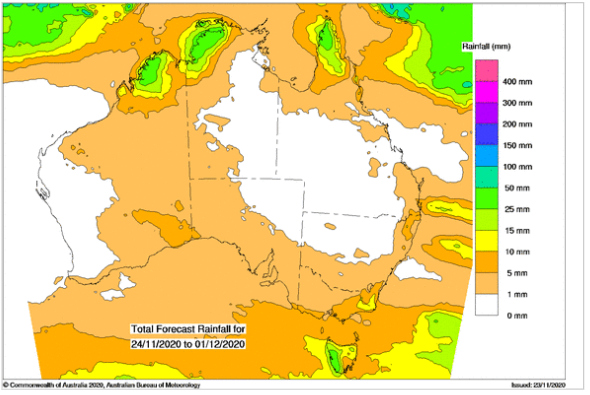
Figure 3: BOM-Australian Landscape Water Balance
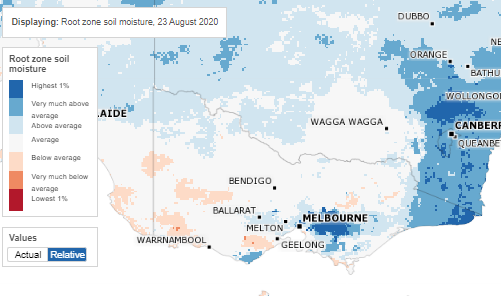
Figure 4: Precipitation Outlook
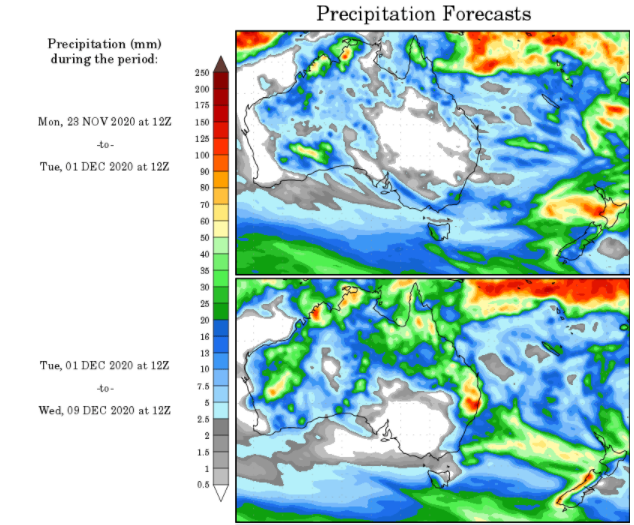
Trading and Marketing
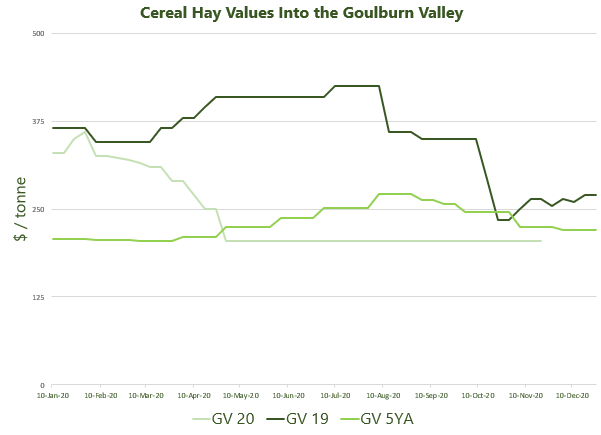
Victoria
| Victorian growers are struggling to find buyers for new season hay this year, with prices for mid-grade export standard sitting at $180 to $200 a tonne off the farm. There are also reports of oaten, wheaten and barley hay being offered for as little as $130/tonne in the Riverina, Mallee and Wimmera regions.
Better conditions have prevailed recently in Goulburn Murray Valley, with little rain, drying breezes and a little more warmth. Some of the latest hay crops have been able to be baled with no rain exposure. Pasture hay around South West Victoria is now being baled in the region and small amounts of straw have been made. Dairy farmers looking to plan ahead have made up the bulk of trade in the region. Some buyers are still keen on last season’s hay due to tighter average quality. Reports suggest that hay destined for the export market, with a very low grade, is being bought for $130/tonne. Continued wet conditions in Gippsland region may stop planting altogether this year. Pasture hay is being made in the Yarram area, which may be counting on a final bout of rainfall to finish off. Daily farmers are on the hunt for good quality in the region.
Western Australia
|

